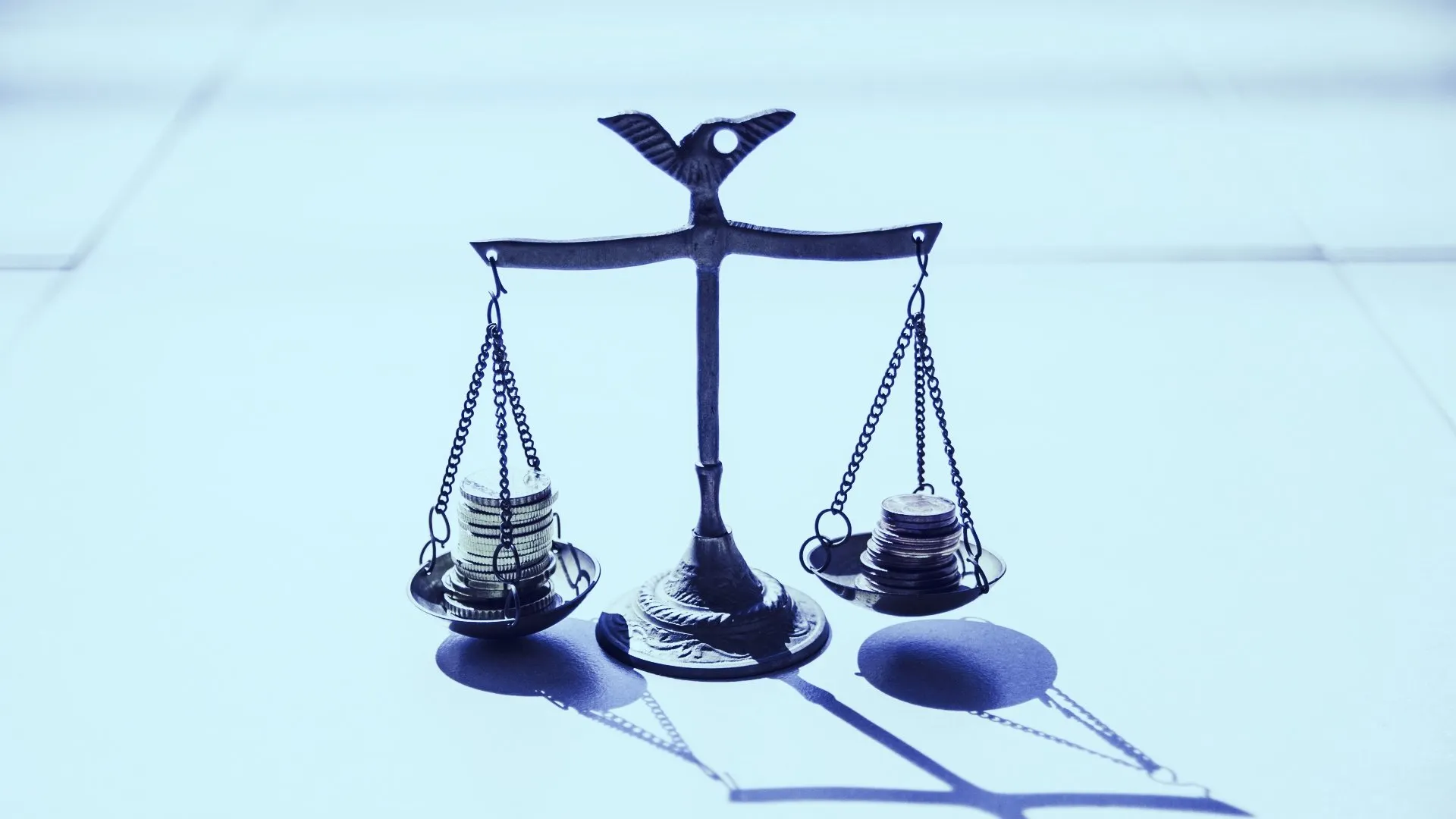Created as an algorithmic stablecoin, Justin Sun’s Terra-like stablecoin USDD is now shifting gears towards a hybrid model with improved transparency.
USDD is now reportedly over-collateralized with a collateral ratio of 226.1%, according to data from Tron DAO, the organization responsible for maintaining the collateral of USDD.
The team behind USDD also promised a minimum collateral ratio of 130%, a ratio that it said was higher than the 120% collateral ratio maintained by MakerDAO’s DAI stablecoin.
This collateral ratio can also be much higher on MakerDAO depending on the asset one uses to mint more of the stablecoin. The range for borrowing DAI using Ethereum is between 130% and 170%.
The collateral backing USDD includes 14,040.6 Bitcoin, 240 million USDT, and approximately 1.9 billion Tron (TRX), the native token of the Tron ecosystem.
The backing can be verified using signatures on block explorers.

“Congratulations to USDD on becoming the first over-collateralized decentralized stablecoin!” tweeted Justin Sun, the creator of USDD. "A total of $1.37 billion of assets are backing the 667 million USDD in circulation.”
Tron (TRX), the native token of the Tron ecosystem, is up 5.21% over the past 24 hours and is changing hands at $0.084 apiece according to data from CoinMarketCap.
What is USDD?
Launched on May 5, USDD is extremely similar to Terra’s stablecoin UST, an algorithmic stablecoin governed by smart contracts without any collateral backing.
Last month UST crashed wiping out approximately $60 billion in investor wealth in a week’s time. Since then, algorithmic stablecoins have been heavily criticized, including USDD.
USDD’s dollar peg is governed by smart contract-based arbitrage algorithms between USDD and Tron.
Investors can always swap 1 USDD for $1 worth of TRX if the price of USDD trades above the dollar peg. By selling the newly-minted TRX, users can pocket arbitrage profits for keeping the coin at its dollar-peg, and vice-versa.
This same algorithm proved inefficient with UST, however.
It’s also the key reason that the Tron DAO has opted to change how its stablecoin operates.
“This has been in the plan, but Terra/Luna definitely accelerated and prioritized this for our team” tweeted Justin Sun, the creator of USDD. “We want to have USDD to be overcollateralized.”
Now, USDD has combined bits of collateralized stablecoins as well as algorithms to maintain its dollar peg.

